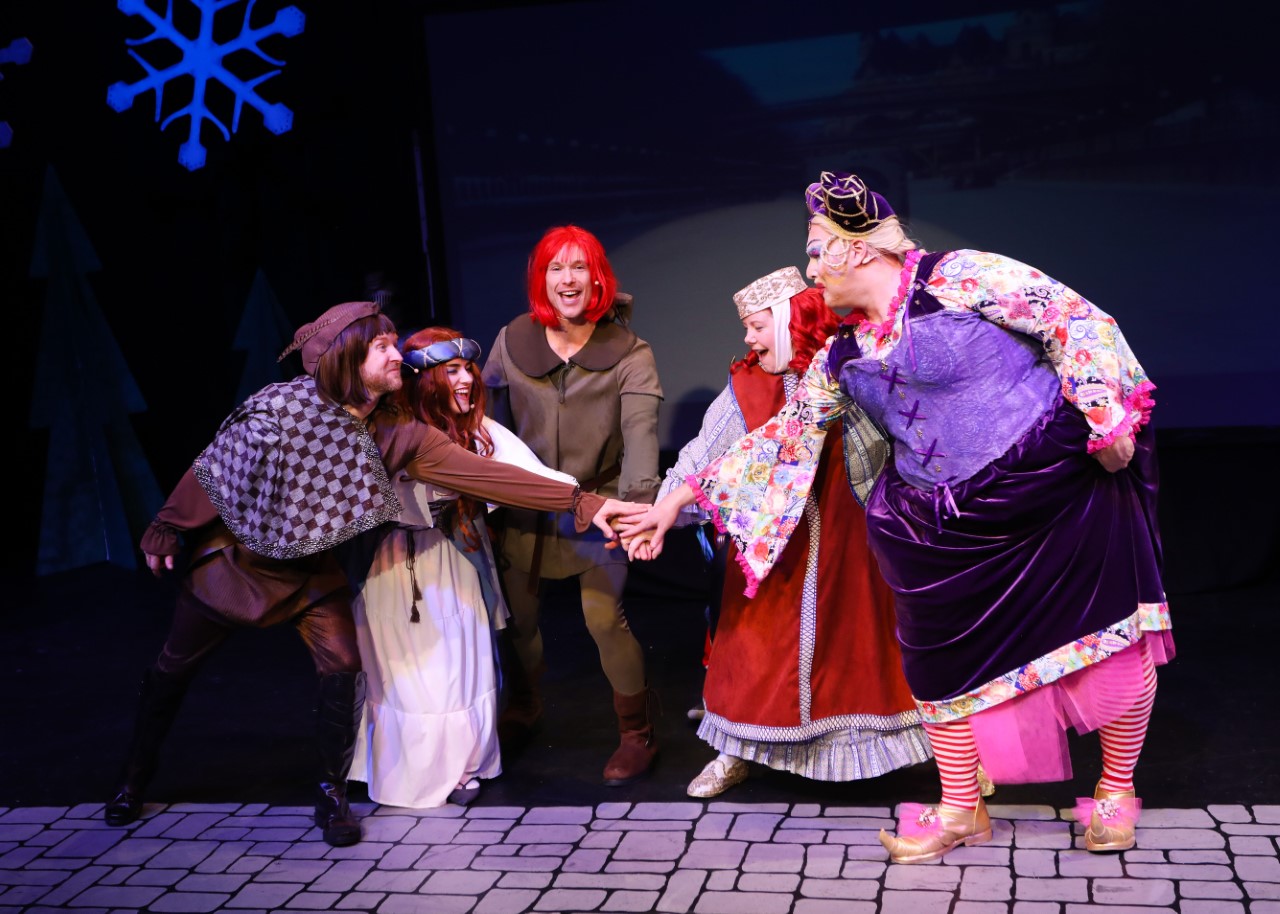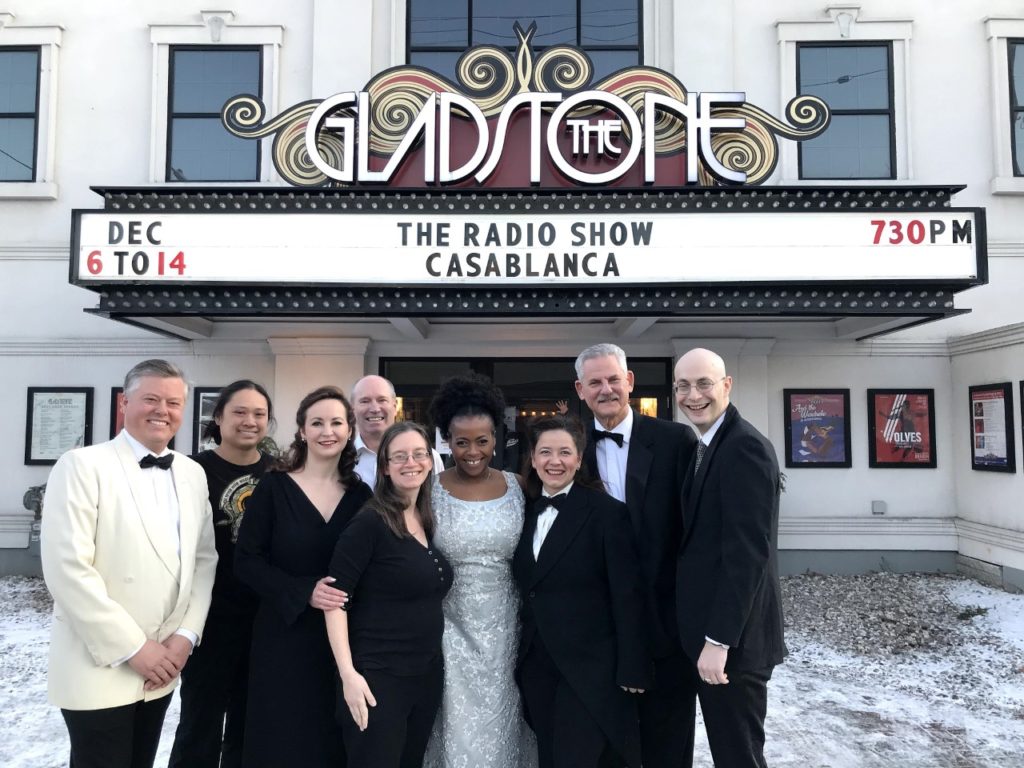Pour ceux qui s’intéressent à l’activité théâtrale de la France d’outre-mer, cette immense étude de trois tomes et plus de mille cinq cent pages* serait une excellente introduction. Cette oeuvre s’inscrit dans un rapport très personnel avec la matière puisqu’Emmanuel Genvrin fut celui qui a créa la compagnie Vollard, orienté son évolution et enrichi ses texte par sa connaissance des mythes et de la culture populaire de la région. IL faut ajouter que cette histoire est aussi celle de sa propre vie, celle de son amitié avec les artistes: comédiens, musiciens, danseurs auteurs dramatiques, poètes, historiens, linguistes, scénographes et compositeurs,
En guise d’introduction, Emmanuel renvoie à un essai important de Maria Clara Pellegrini (Tome 1, p.17-31) où cette professeure et historienne du théâtre donne des pistes sur le travail de la compagnie. Selon Mme Pellegrini , la Réunion n’a ni réussi à engager une réflexion critique sur la période coloniale ni constitué une identité nationale . En 1979, époque de la création de la troupe, l’île n’était pas encore afffanchie de l’hégémonie de la culture française. ni du malaise qui frappait les historiens lorsqu’il s’agissait de parler de colonisation et d’esclavage . Le travail du théâtre Vollard constitua à corriger cette “aphasie historique”.
Mme Pellegrini renvoie à d’autres lieux et à d’autres auteurs aux Antilles et en Afrique (tels Aimé Césaire en Martinique ou à Léopold Sédar Senghor au Sénégal) qui se sont exprimés contre l’esclavage et les malheurs de la colonisation. Il est vrai que l’esclavage apparaissait comme un sujet de moindre importance dans l’histoire de l’océan Indien en comparaison de celle des colonies caribéennes de la France. Une anomalie corrigée par Emmanuel Genvrin avec ses pièces Marie Dessembre et Etuves et L’Esclavage des Nègres explorant les rapports entre maîtres et esclaves. La question, coloniale et contemporaine, de l’émigration entre les Dom-Tom et la métropole est évoquée dans Nina Ségamour, Colandie ou Séga Tremblad.
Pour ce qui est de l’attitude critique et provocatrice de son fondateur, elle était mise en évidence par le fait qu’il donna le nom de Vollard à sa troupe de théâtre. Ambroise Vollard , né à la Réunion, fut un marchand de tableaux qui jouissant d’une excellente réputation parmi les artistes de toute l’Europe et au-delà. Ce qui attirait l’attention de Genvrin fut sans doute la proximité entre A. Vollard et Alfred Jarry, le créateur du Père Ubu , pièce qui se distingua dans le théâtre français en tant que parodie de Macbeth de Shakespeare, tandis qu’Ambroise Vollard reprenait le personnage dans l’Almanach du XXè siècle puis dans des piécettes en 1914-1920 en se moquant des traditions de son pays d’origine. Genvrin reprit le personnage dans Votez Ubu Colonial pour exprimer son propre regard sur la Réunion et la politique insulaire.
Lors d’un séjour dans cette île, j’ai fait la connaissance de l’auteur qui m’a offert un grand nombre de ses livres alors que, en conflit avec les autorités, il était menacé de fermer son théâtre. Parmi eux, le fameux Votez Ubu Colonial en livre de poche (le Tome III, p. 8-133 analyse lelivre en détail). L’ouvrage est intéressant puisqu’il résume les oeuves créées par la troupe jusqu’en 1994, date de la création de la pièce. Il reproduit également les dessins d’un artiste local, Serge Huo-Chao-Si, – dont le style rappelle celui de Pierre Bonnard- qui illustra l’édition des Ubu. Votez Ubu Colonel, de Genvrin, reproduisait aussi des partitions de musique de Jean-Luc Trulès, bien avant celles des opéras que lui-même et son collègue compositeur allaient produire quelques années plus tard. La contribution de Trulès s’avérait majeure parce qu’ ajoutant une grande variété de formes musicales dont les sources européennes et indo-océaniques, correspondaient à la philosophie artistique de son ami Genvrin. Le résultat était une vision tout à fait unique et très différent de ce qui se produisait auparavant dans la région.
Ambroise Vollard […] que Genvrin s’était permis de faire revivre à travers le personnage d’Ubu créé par Alfred Jarry […] est le dénominateur commun.[…] Jarry donna son nom à ce fantoche en le portant à la scène en 1896. Pour certains, il s’agit d’une image prophétiquement vraie , annonciatrice de futures monstres nés à partir de la guerre de 1914 (Votez Ubu Colonial, p.1)
Dans le même livre, Genvrin présente une préface rédigée par Agnés Antoir, historienne, historienne, professeure et présidente de l’Association Théâtre Vollard. Le texte saisit l’importance de la musique du compositeur Jean-Luc Trulès qui a distinqué les productions de la compagnie et séduit non seulement le public local mais aussi les habitants de Madagascar, de l’Ile Maurice, ou de la Métropole.
La préface et la postface étaient suivies d’un glossaire pour aider les lecteurs à comprendre des expressions créoles argotiques.
Voici une sélection:
Argent braguette = allocations familiale
Cafre = noir
Dodu = prison réunionnaise
Faire tantane = ne rien faire, fainéanter
Gros zozo = riche, puissant
La dit-la fait = commérage
Maîtresse poulet = métropole
Jamaïque = célèbre décharge public
Madame Gaspard = Madagascar
Sarda = libérateur d’esclaves
Zamal = marijuana
Zoreil = metropolitain
Cette préface résume les premières quinze années de la troupe et les moments les plus importants de son évolution. Elles sont suivies du texte intégral et d’autres tirés des oeuvres d’Alfred Jarry dans une version publiée en 1962. Ainsi, les curieux peuvent faire la comparaison entre les deux textes : la version de Jarry dénonçant les exactions des dictateurs européens, et la version de Genvrin s’en prenant ironiquement aux groupes nationalistes et racistes opposés à la décolonisation. (les conflit entre l’OAS et les Algériens dans les années 1960 en lutte pour leur indépendance serait un rapprochement à la faire).
Par ailleurs, le “Véritable portrait de Monsieur Ubu”,dessiné probablement par Jarry lui-même, évoquait une figue à peine humaine avec une tête pointue et un énorme ventre, à la fois ridicule et effrayant. En revanche, l’Ubu d’Emmanuel Genvrin dessiné par Serge-Huo-Chao-Si et publié en couverture de Votez Ubu Colonial, est la caricature grotesque d’un homme noir, suggérant des dictateurs Africains comme Bocassa ou Idi Amin Dada. Votez ubu Colonial associe des événements actuels (la guerre de Yugoslavie, les massacres du Rwanda et les propres déboires de sa compagnie avec les autorités réunionnaises.
Alfred Jarry est mort en 1907 à la veille de la première guerre mondiale; Ambroise Vollard est mort en 1939 à la veille de la seconde après avoir amassé une fortune en tant que vendeur de tableaux. Genvrin n’a pas voulu rendre hommage au bourgeois mais à celui qui a repris dans ses écrits le personnage d’Ubu en l’associant à l’île de La Réunion. Il imagina le premier bouffon vulgaire, incarnation de l’oppression des habitants de l’île. Genvrin, avec son esprit rebelle, reprit le flambeau. La rencontre de ces deux personnalités fut parfaite.
Le texte de Genvrin se termine par une postface (p, 169-181) intitulée “Ré-Ubu-yon , j’aime ton nom” célébrant l’origine de la colonie en s’appuyant sur des faits historiques.
On célébrait récemment à la Réunion un “singulier anniversaire,”, celui du bicentenaire du nom même de l’Ile qui de Bourbon devint La Réunion, par une décision de la Convention de 19 mars 1793”. Le texte constate la contradiction entre les intentions officielles des fondateurs de la colonie, c’est-à-dire réaliser l’utopie d’un idéal d’harmonie, de liberté et de fraternité universelle, et le fait que ces grands principes étaient apparemment trahis par ceux qui tentaient de réduire Genvrin au silence en refusant sa vision critique de cette histoire.
Grace à Emmanuel Genvrin, son théâtre est devenu une vaste laboratoire de recherche transculturelle et intellectuelle où de multiples réseaux de significations , de sens et de pratiques s’entrecoupent afin de divertir le spectateur et le faire réfléchir . Genvrin a créé une vingtaine de pièces de théâtre et trois livrets d’opéra abordant les problématiques de l’histoire de l’île . Malgré la qualité de ses productions scéniques et publications, la troupe souffrit des décisions de l’administration française puisqu’à partir du moment où l’Ètat constata l’attitude critique de l’auteur à l’égard de la politique coloniale, il entreprit de ruiner son théâtre et traduire son directeur en justice.
La réponse de Genrin fut de sauver la mémoire de sa troupe. Le résultat est cette étude impressionnante. reproduisant des pièces intégrales et des livrets d’opéra, des partitions destinées à sièger dans les bibliothèques. Il a ainsi contribué à prolonger le souvenir de cet extraordinaire phénomène théâtral.
* Emmanuel Genvrin,Théâtre Vollard (Tome 1 –1981-87; Tome II 1988 – 1993, Tome III 1994—2021), L’Harmattan, Paris, 2022.
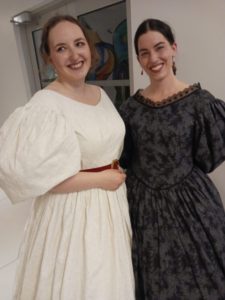

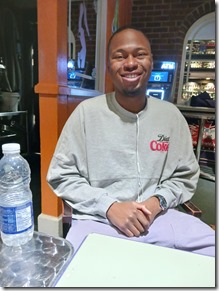
 La reprise d’Angels in America de l’américain Tony Kushner, réaffirme avec vigueur, la pertinence d’un questionnement sur une Amérique puritaine, obsédée par le mal sa punition divine. C’était hier avec l’explosion du sida et le haro sur les homosexuels C’est aujourd’hui avec l’avortement.
La reprise d’Angels in America de l’américain Tony Kushner, réaffirme avec vigueur, la pertinence d’un questionnement sur une Amérique puritaine, obsédée par le mal sa punition divine. C’était hier avec l’explosion du sida et le haro sur les homosexuels C’est aujourd’hui avec l’avortement.![Kadri_Haysam[9844] Kadri_Haysam[9844]](https://capitalcriticscircle.com/wp-content/uploads/2023/05/Kadri_Haysam9844_thumb.jpg)
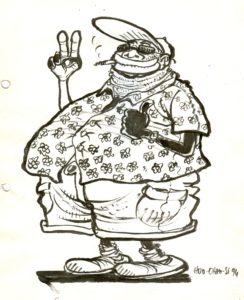
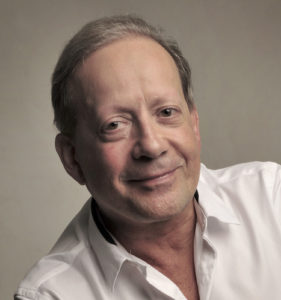
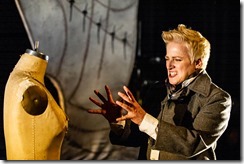
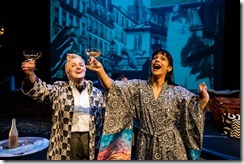 Margo Macdonald and Maryse Fernandes
Margo Macdonald and Maryse Fernandes